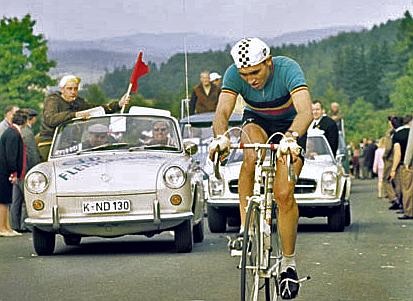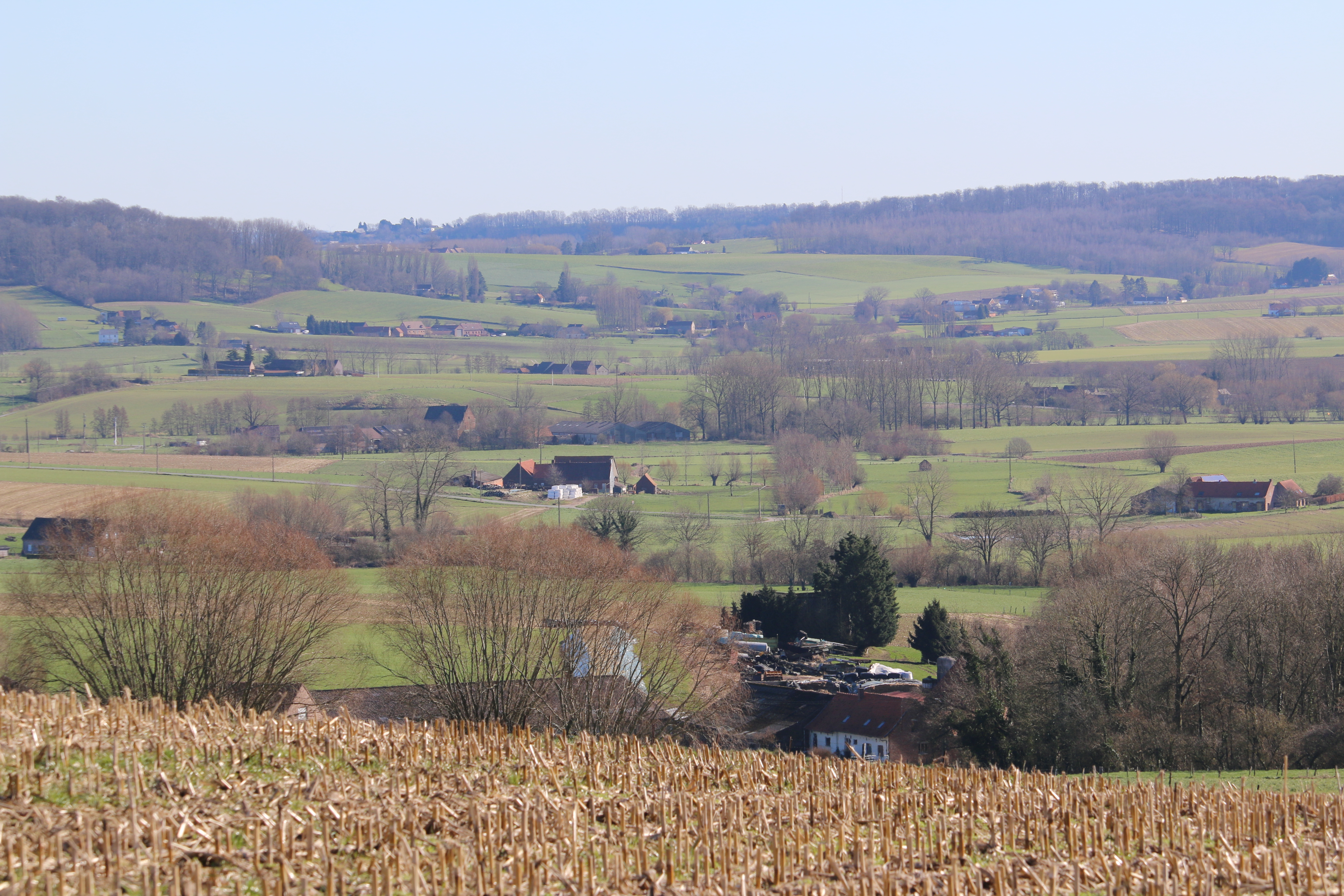|
Petit-Enghien
Petit-Enghien (; ) is a town of Wallonia and a district of the municipality of Enghien, located in the province of Hainaut, Belgium. It was a municipality until the fusion of the Belgian municipalities in 1977. At the time, the municipality also included the village of . Petit-Enghien has around 1770 inhabitants. As with Enghien, Petit-Enghien was originally Dutch-speaking, but became majority French-speaking mostly through the education system. Petit-Enghien is near the language border, and as part of Enghien, it is a municipality with language facilities. Petit-Enghien was the site of Belgian cyclist and multiple Tour de France winner Eddy Merckx Édouard Louis Joseph, Baron Merckx (born 17 June 1945), known as Eddy Merckx (, ), is a Belgian former professional road and track cyclist racer who is the most successful rider in the history of competitive cycling. His victories include an ...'s first ever victory on October 1, 1961.''Vélo'', France, October 2005 Refere ... [...More Info...] [...Related Items...] OR: [Wikipedia] [Google] [Baidu] |
Eddy Merckx
Édouard Louis Joseph, Baron Merckx (born 17 June 1945), known as Eddy Merckx (, ), is a Belgian former professional road and track cyclist racer who is the most successful rider in the history of competitive cycling. His victories include an unequalled eleven Grand Tour (cycling), Grand Tours (five Tour de France, Tours de France, five Giro d'Italia, Giros d'Italia, and a Vuelta a España), all five Cycling monument, Monuments, setting the hour record, three UCI Road World Championships, World Championships, every major one-day race other than Paris–Tours, and extensive victories on the track. Born in Meensel-Kiezegem, Province of Brabant, Brabant, Belgium, he grew up in Woluwe-Saint-Pierre where his parents ran a grocery store. He played several sports, but found his true passion in cycling. Merckx got his first bicycle at the age of three or four and competed in his first race in 1961. His first victory came at Petit-Enghien in October 1961. After winning eighty races as ... [...More Info...] [...Related Items...] OR: [Wikipedia] [Google] [Baidu] |
Enghien , Belgium, Ferraris Map, 1775
Enghien (; ; ; ) is a city and municipality of Wallonia located in the province of Hainaut, Belgium. On 1January 2006, Enghien had a total population of 11,980. The total area is , which gives a population density of 295 inhabitants per km2. The municipality consists of the following districts: Enghien, Marcq, and Petit-Enghien. It is situated on the Flemish border, and restricted language rights are granted to the Dutch speaking minority (so-called language facilities). History Enghien gave its name to a French duchy and to the commune of Enghien-les-Bains, a suburb of Paris, due to a complex series of family successions: in 1487, Mary of Luxembourg (d. 1547), the only heir of Peter II of Luxembourg (d. 1482), Count of Saint-Pol-sur-Ternoise and member of one of the branches of the House of Luxembourg, married François de Bourbon-Vendôme (d. 1495), the great-grandfather of King Henry IV of France. Mary of Luxembourg brought as her dowry the fief of Condé-en-Brie (A ... [...More Info...] [...Related Items...] OR: [Wikipedia] [Google] [Baidu] |
2001 - 'Petit-Enghien' - Marie-Claire Lefébure
1 (one, unit, unity) is a number, numeral, and glyph. It is the first and smallest positive integer of the infinite sequence of natural numbers. This fundamental property has led to its unique uses in other fields, ranging from science to sports, where it commonly denotes the first, leading, or top thing in a group. 1 is the unit of counting or measurement, a determiner for singular nouns, and a gender-neutral pronoun. Historically, the representation of 1 evolved from ancient Sumerian and Babylonian symbols to the modern Arabic numeral. In mathematics, 1 is the multiplicative identity, meaning that any number multiplied by 1 equals the same number. 1 is by convention not considered a prime number. In digital technology, 1 represents the "on" state in binary code, the foundation of computing. Philosophically, 1 symbolizes the ultimate reality or source of existence in various traditions. In mathematics The number 1 is the first natural number after 0. Each natural number, ... [...More Info...] [...Related Items...] OR: [Wikipedia] [Google] [Baidu] |
Wallonia
Wallonia ( ; ; or ), officially the Walloon Region ( ; ), is one of the three communities, regions and language areas of Belgium, regions of Belgium—along with Flemish Region, Flanders and Brussels. Covering the southern portion of the country, Wallonia is primarily Geographical distribution of French speakers, French-speaking. It accounts for 55% of Belgium's territory, but only a third of its population. The Walloon Region and the French Community of Belgium, which is the political entity responsible for matters related mainly to culture and education, are independent concepts, because the French Community of Belgium encompasses both Wallonia and the bilingual Brussels-Capital Region but not the German-speaking Community of Belgium, which administers nine municipalities in Eastern Wallonia. During the Industrial Revolution, Wallonia was second only to the United Kingdom in industrialization, capitalizing on its extensive deposits of coal and iron. This brought the regio ... [...More Info...] [...Related Items...] OR: [Wikipedia] [Google] [Baidu] |
Hainaut Province
Hainaut ( , also , ; ; ; ; ), historically also known as Heynault in English, is the westernmost province of Wallonia, the French-speaking region of Belgium. To its south lies the French department of Nord, while within Belgium it borders (clockwise from the north) on the Flemish provinces of West Flanders, East Flanders, Flemish Brabant and the Walloon provinces of Walloon Brabant and Namur. Its capital is Mons (Dutch: ''Bergen'') and the most populous city is Charleroi, the province's urban, economic and cultural hub, the financial capital of Hainaut and the fifth largest city in the country by population. Hainaut is one of the two only Belgian provinces whose capital is not its largest city; the other one is Walloon Brabant. Hainaut has an area of and as of January 2024 a population of over 1.36 million. Another notable city is Tournai (Dutch ''Doornik'') on the Scheldt river, one of the oldest cities in Belgium and the first capital of the Frankish Empire. H ... [...More Info...] [...Related Items...] OR: [Wikipedia] [Google] [Baidu] |
Belgium
Belgium, officially the Kingdom of Belgium, is a country in Northwestern Europe. Situated in a coastal lowland region known as the Low Countries, it is bordered by the Netherlands to the north, Germany to the east, Luxembourg to the southeast, France to the south, and the North Sea to the west. Belgium covers an area of and has a population of more than 11.8 million; its population density of ranks List of countries and dependencies by population density, 22nd in the world and Area and population of European countries, sixth in Europe. The capital and Metropolitan areas in Belgium, largest metropolitan region is City of Brussels, Brussels; other major cities are Antwerp, Ghent, Charleroi, Liège, Bruges, Namur, and Leuven. Belgium is a parliamentary system, parliamentary constitutional monarchy with a complex Federation, federal system structured on regional and linguistic grounds. The country is divided into three highly autonomous Communities, regions and language areas o ... [...More Info...] [...Related Items...] OR: [Wikipedia] [Google] [Baidu] |
Fusion Of The Belgian Municipalities
The fusion of the Belgian municipalities (French: ''fusion des communes'', Dutch: ''fusie van Belgische gemeenten'') was a Belgian political process that rationalized and reduced the number of municipalities in Belgium between 1964 and 1983. In 1961, there were 2,663 such municipalities; by 1983, these had been re-arranged and combined into 589 larger municipalities. French and Dutch periods (1796–1830) The annexation by France of the Austrian Netherlands, the principalities of Liège and Stavelot-Malmedy and the Duchy of Bouillon on 4 Brumaire of Year IV of the Revolution (26 October 1795) led to territorial reorganization, with the commune as the basic territorial unit. In 1800, there were 2,741 communes in what is now Belgium.Page 45. However, the French authorities wanted to reduce the number of communes in the Belgian départements, and urged the departmental prefects to take measures to that effect. A total of 127 communes were abolished during this period in the Je ... [...More Info...] [...Related Items...] OR: [Wikipedia] [Google] [Baidu] |
Municipalities With Language Facilities
In Belgium, there are 27 municipalities with language facilities (; ; ), which must offer linguistic services to residents in Dutch, French, or German in addition to their single official languages. All other municipalities – with the exception of those in the bilingual Brussels region – are monolingual and offer services only in their official languages, either Dutch or French. Belgian law stipulates that: *12 municipalities in Flanders must offer services in French; of these 12, six ( located around Brussels) are now believed to have become majority French-speaking. *Wallonia contains two language areas: **In the French-speaking part of Wallonia, four municipalities offer services in Dutch and another two offer services in German. **All municipalities in the German-speaking part of Wallonia ( annexed after WWI) offer services in French in addition to German. *In Brussels, Dutch and French are co-official. *At the federal level, Dutch, French and German are all official ... [...More Info...] [...Related Items...] OR: [Wikipedia] [Google] [Baidu] |
Tour De France
The Tour de France () is an annual men's multiple-stage cycle sport, bicycle race held primarily in France. It is the oldest and most prestigious of the three Grand Tour (cycling), Grand Tours, which include the Giro d'Italia and the Vuelta a España. The race was first organized in 1903 Tour de France, 1903 to increase sales for the newspaper ''L'Auto'' (which was an ancestor of ''L'Équipe'') and has been held annually since, except when it was not held from 1915 to 1918 and 1940 to 1946 due to the two World war, World Wars. As the Tour gained prominence and popularity, the race was lengthened and gained more international participation. The Tour is a UCI World Tour event, which means that the teams that compete in the race are mostly UCI WorldTeams, with the exception of the teams that the organizers invite. Traditionally, the bulk of the race is held in July. While the route changes each year, the format of the race stays the same and includes time trials, passage through ... [...More Info...] [...Related Items...] OR: [Wikipedia] [Google] [Baidu] |
Former Municipalities Of Hainaut (province)
A former is an object, such as a template, gauge or cutting die, which is used to form something such as a boat's hull. Typically, a former gives shape to a structure that may have complex curvature. A former may become an integral part of the finished structure, as in an aircraft fuselage, or it may be removable, being used in the construction process and then discarded or re-used. Aircraft formers Formers are used in the construction of aircraft fuselage, of which a typical fuselage has a series from the nose cone to the empennage, typically perpendicular to the longitudinal axis of the aircraft. The primary purpose of formers is to establish the shape of the fuselage and reduce the column length of stringers to prevent instability. Formers are typically attached to longerons, which support the skin of the aircraft. The "former-and-longeron" technique (also called stations and stringers) was adopted from boat construction, and was typical of light aircraft built unti ... [...More Info...] [...Related Items...] OR: [Wikipedia] [Google] [Baidu] |



